12items
-

Lightness
明度
Meido
Achromatic and chromatic colors both have dark and light colors. Lightness (sometimes called value) describes the degree of this variation in brightness. It is one of the three attributes of color (hue, lightness and saturation). Lightness is clos
-
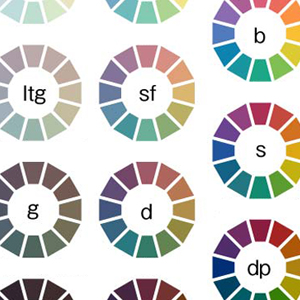
Tone
色調
Shikichou
Tone (or color tone) generally refers to the differences in tints and shades produced from the relationship between lightness and saturation. All colors have a tone such as bright and dark, deep and pale, strong and weak, etc. Light colors can be
-
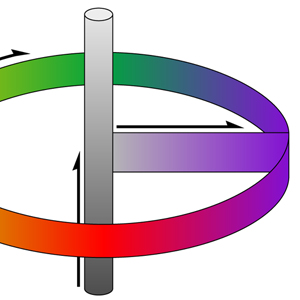
Three Attributes of Color
色の三属性
Ironosanzokusei
Hue, lightness and saturation are referred to as the three attributes of color. The human eye perceives light that is absorbed and reflected by, or transmitted through, an object as color, but its appearance will differ according to the hue, lightnes
-

Chromatic and Achromatic Colors
無彩色・有彩色
Musaishoku/Yuusaishoku
The vividness and intensity of a color is represented by its saturation. Depending on the presence or absence of this saturation, colors can broadly be divided into chromatic and achromatic colors. An achromatic color is a one that lacks hues such as
-
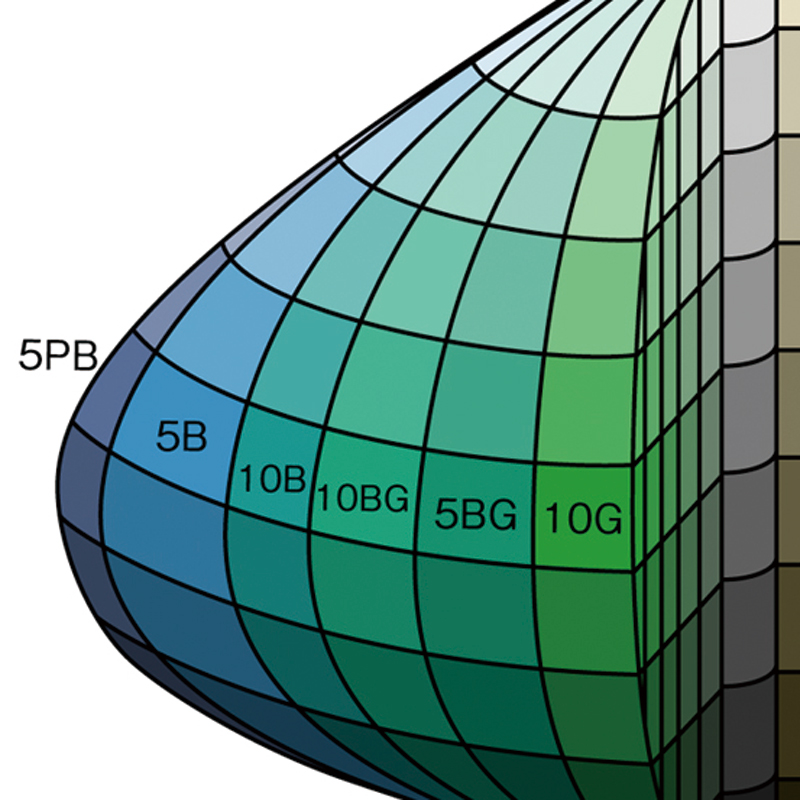
Color Solid
色立体
Irorittai
A color solid is a systematic, three-dimensional representation of colors in relation to each other. A systematic method of notation is required to describe colors accurately. This system for displaying color is called the color order system and c
-

Saturation
彩度
Saido
Saturation (or chroma) is one of the three attributes of color (hue, lightness and saturation) and refers to the intensity and vividness of color. A clear color has a high saturation and a dull color a low saturation. This means a color with the same
-
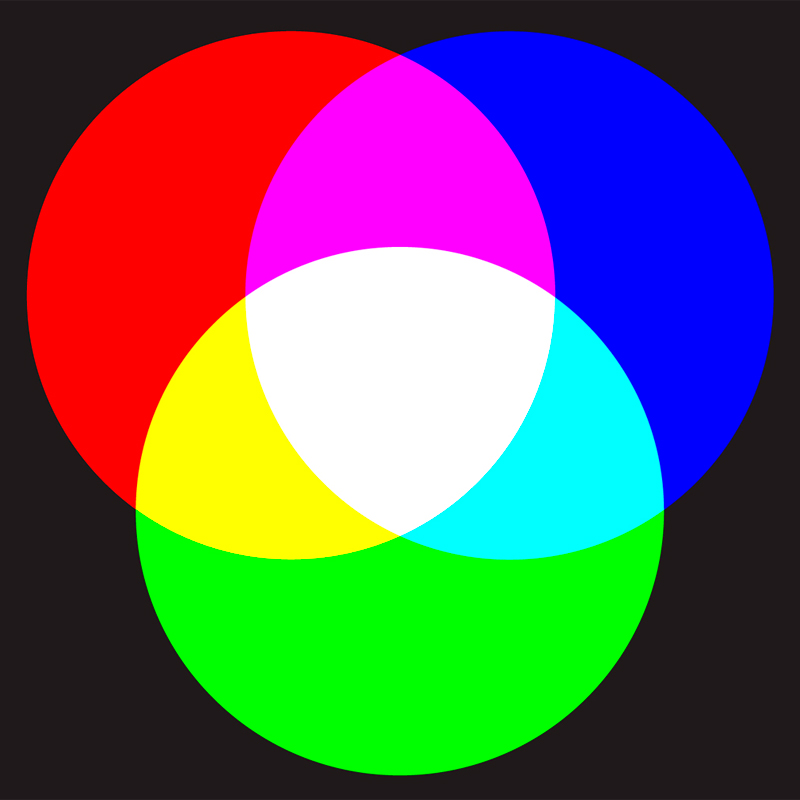
Additive Mixture
加法混色
Kahoukonshoku
Additive mixture or additive color mixture is the phenomenon in which brightness is increased with the mix of light source colors. Color can be divided into light source color, which is the color of the light itself, and object color, which is the
-
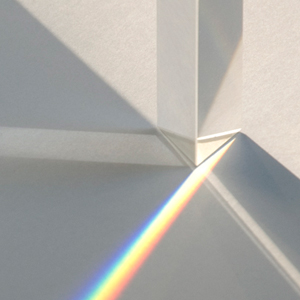
Pure Color
純色
Junshoku
A pure color is the color with the greatest saturation in each hue. Colors can broadly be divided into achromatic colors such as white, grey and black, and chromatic colors, which are colors with hues, such as red, yellow and blue. Pure colors of
-
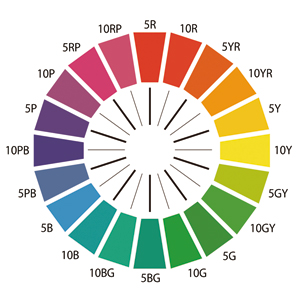
Hue Circle
色相環
Shikisoukan
A hue circle (also called color wheel or color circle) is a chart of hues around a circle and a method for organizing colors systematically. Differing wavelengths of light are perceived as a continuous spectrum of colors in the following sequence: re
-
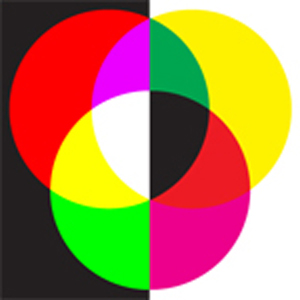
Three Primary Colors
三原色
Sangenshoku
The three colors that can be combined to create all other colors are called the three primary colors. Most colors can be made by blending several colors together but there are a few that cannot be produced through mixing. These are called primary col
-
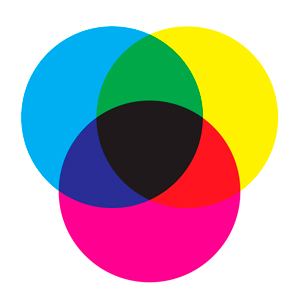
Subtractive Mixture
減法混色
Genpoukonshoku
Subtractive mixture or subtractive color mixture is the phenomenon in which lightness is reduced with the mix of object colors. Color can be divided into light source color, which is the color of the light itself, and object color, which is the co
-
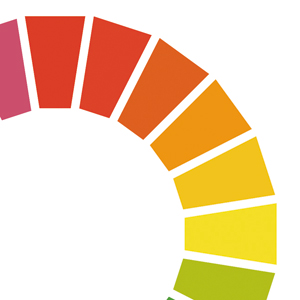
Hues
色相
Shikisou
Hues are tints such as red, yellow, green and blue that define color and are one of its three attributes (hue, value and intensity). Tints vary in different light wavelengths. Light is an electromagnetic wave. If it is of a wavelength in the spect
